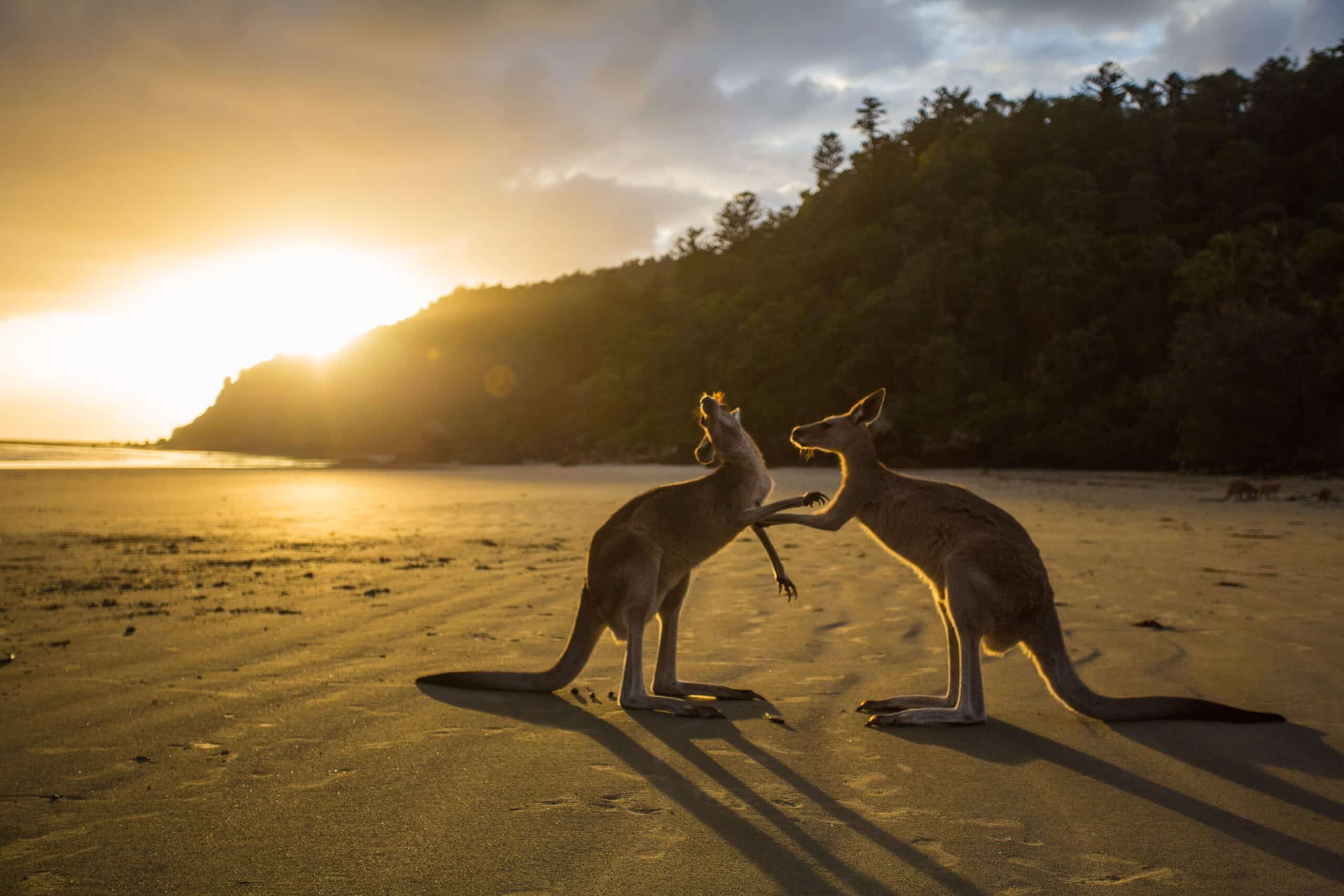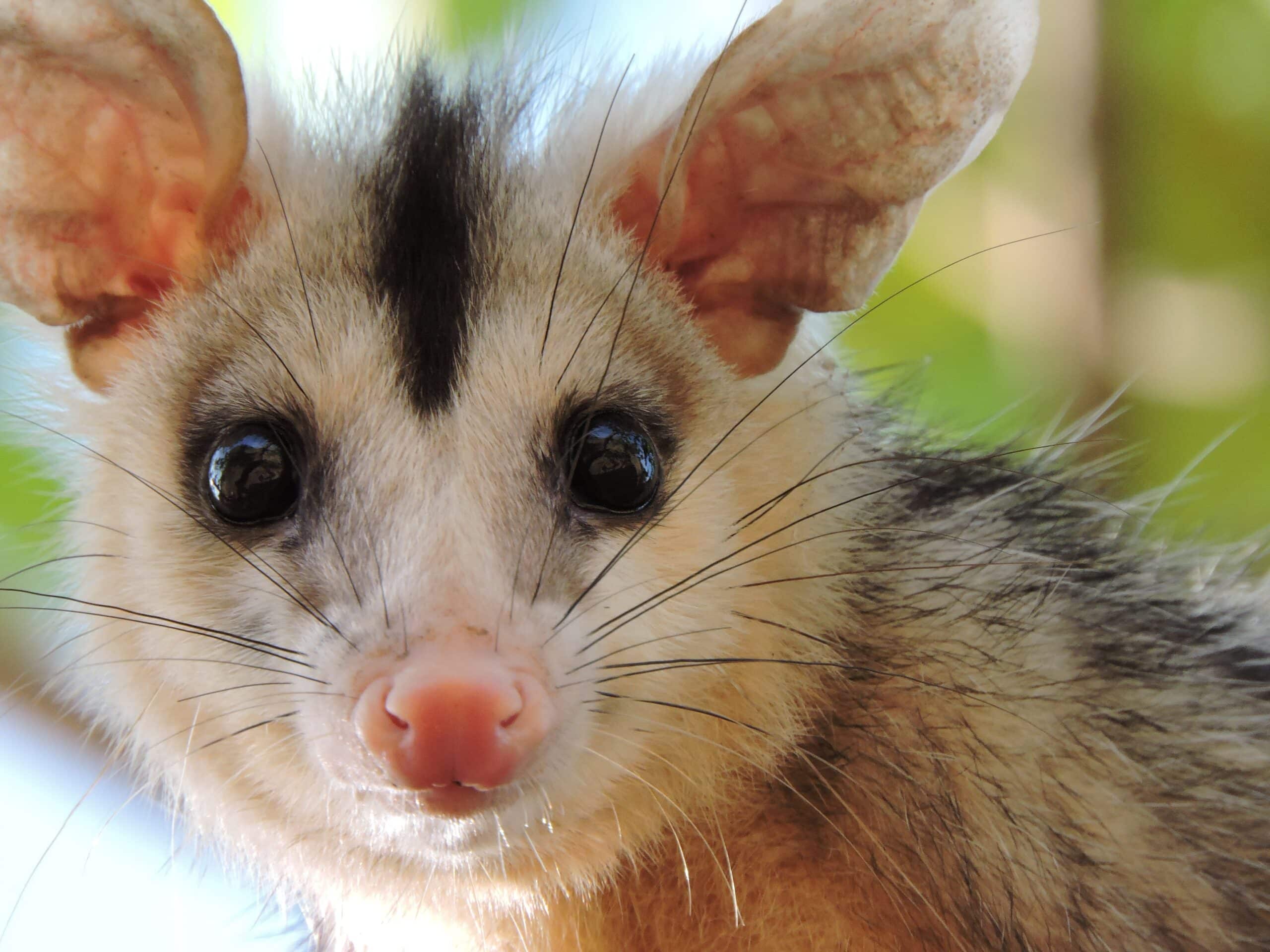
Ever wondered why orangutans have that bright orange fur? Or why can they swing through the trees like no other primate? Well, hold onto your hats and allow me to take you on a wild ride into the fascinating world of orangutans! Come along and explore with me as we uncover the wonders of our great red primate friends.
Introduction to Orangutans
Orangutans, the iconic ancestors of humans, have been living on Earth for millions of years. These red-furred primates are some of the most intelligent animals in the animal kingdom and live a unique lifestyle that makes them very interesting to study. Despite their remarkable intelligence and adaptability, orangutans are becoming increasingly vulnerable in the wild due to habitat destruction and poaching.
Orangutans can be found thriving in two countries: Indonesia and Malaysia. They live in nest-like habitats called arboreal nests high up in rainforest trees, and they are very much adapted to life in their environment; they swing from vines, climb trees, and build elaborate nests each night from large branches and leaves. As herbivores, these great apes mainly feed on their environment’s fruits, plants, nuts, and other vegetation.
There are two main species of the orangutan – the Bornean orangutan (Pongo pygmaeus), which resides mainly on the island of Borneo, is classified as ‘critically endangered’ by some conservation organizations such as World Wildlife Fund (WWF). The second species is the Sumatran orangutan (Pongo abelii), which is also critically endangered but only found on the island of Sumatra in Indonesia. Both species share similar physical characteristics, including reddish-brown fur coats with bald heads (in adult males only) and long shaggy hair around their faces that typically reach below waist level!
Anatomy and Physiology of Orangutans
Orangutans are distinctive primates with large, shining orange-reddish fur, long hair, and long arms used for climbing. On average, they reach a height of 4-5 feet (1.2-1.5 meters) and can weigh between 49 to more than 300 pounds (22 to 136 kilograms). The males are much larger than the females, with solid and powerful biceps and large canines used for protection against predators. Female orangutans have the highest progesterone concentrations of all primate species, which is thought to contribute to their friendly disposition in comparison to the more aggressive behavior of males during mating season.
The anatomy of orangutans evolved to adapt them to their arboreal environment, with highly versatile hands capable of grasping branches firmly and retracting arm muscles, enabling them to swing nimbly from one tree branch to another. Their feet are also prehensile; like their hands, they possess gripping toes, allowing an orangutan’s grip even smaller units.
Orangutans display remarkable intelligence in problem-solving behavior. They say an adaptable diet embraces over 400 food items eating fruit leaves, shoots, bark, sap, insects, etc. They possess social skills such as tool use, knowledge transfer, and pattern making, all of which facilitate communication between species members while adapting them fully into their rainforest habitats.
Habitat and Behaviour of Orangutans
Orangutans are fascinating animals, and if you want to learn more about the species, it’s essential to consider their habitat and behavior.
Firstly, these primates inhabit the rainforests of Sumatra and Borneo. Orangutans in these two areas have developed very different traits, although resources primarily drive their behavior in both regions. Since orangutans spend most of their time in trees, they depend heavily on fruit and other foods in the forest canopy. They also feed on bark, leaves, buds, and some insects. While they once roamed freely throughout Asia’s rainforests, orangutan populations are declining due to their habitats’ deforestation and loss of food sources.
The behavior of orangutans is quite different from that of humans. They spend a great deal of time alone in the forests but occasionally share resources amongst related individuals via family units or alliances called “Cliques” These alliances are formed for several reasons, including aging for food and protection against predators such as tigers and human hunters, respectively.
Orangutans also engage in social behaviors such as grooming each other – like humans formally shaking hands when encountering new people – to introduce themselves or make friends. In addition to this physical contact, Orangutans use vocalizations known as “kiss squeaks” that occur just before a reference is made, which is thought to help build trust between them. By observing them closely, scientists have uncovered even more fascinating behaviors about our ‘Big Orange Cousins’!
Threats to Orangutan Survival
Orangutans are found in the wild only in tropical rainforests, where they once thrived in the dense canopy environment of lowland swamps. However, the destruction of their habitat due to human activities has been one of the primary causes of the decline and fragmentation of their population.
In recent years, large areas of orangutan habitat have come under threat from deforestation for rubber and palm oil plantations, tree logging for timber, and illegal hunting. In addition to these factors, orangutans are faced with an increasing scarcity of food resources due to competition from newly introduced industrial crops such as oil palms. Consequently, orangutan populations have started to diminish rapidly due to their restricted movements and reduced access to food resources.
In addition to these indirect threats, orangutans are also subject to direct threats caused by illegal hunting by poachers and villagers who mistakenly believe they threaten livestock or crops. A significant challenge posed by poaching is that it is tough to detect since most hunters operate secretly during night hours (Meijaard et al., 2008). Finally, there is a thriving pet trade in Southeast Asian countries like Indonesia, which also poses a severe threat to wild orangutan populations.
Given these numerous threats posed to wild orangutan populations, we must take immediate steps toward conserving these majestic creatures before it is too late. Awareness programs must be initiated at an international level. Hence, educating people about these animals’ plight and more stringent control mechanisms must be enforced on forest destruction. Therefore, to protect existing habitats from further harm, more adequate protection measures should be adopted to prevent poaching activities and drastically reduce illegal hunting cases.
Conservation Efforts to Protect Orangutans
Orangutans are one of the most critically endangered species in the world. It is estimated that their population has seen a significant decline of 70-90% since the early 20th century, reducing their population by more than half. This is mainly due to the destruction and fragmentation of their habitats, illegal hunting, and the capture of the pet trade.
To protect and conserve orangutans in the wild, many charities, organizations, and governments are taking urgent steps to help restore orangutan populations and protect them from further decline. These efforts include:
- Habitat protection programs that establish protected areas such as national parks and wildlife refuges;
- Law enforcement actions to control poaching and trade;
- Reintroduction programs that re-establish wild orangutan populations;
- Captive breeding projects;
- Research initiatives involving field studies to understand orangutan behavior better;
- Awareness campaigns to educate people about orangutans and encourage conservation efforts;
- Rehabilitation centers for orphaned or confiscated animals.
Through these initiatives, progress has been made toward protecting and conserving wild orangutan populations. As a result, some of their habitats have returned to better health, with improved habitats for orangutans and other species in these areas. With continued conservation efforts, future generations of all living beings on earth – including humans – can enjoy a world with Orangutans.
Orangutan Interactions with Humans
Orangutans have been known to form strong relationships with humans, including bonds that sometimes last for decades. This behavior is mainly observed in captive orangutans. As a result of their intense relationship with humans, some have even developed behaviors meant to please their human handlers. Unfortunately, interactions between wild orangutans and humans are a far less common occurrence – since the human poaching and deforestation that leads to human-orangutan encounters are illegal and detrimental.
Regarding wild orangutan behavior, males tend to stay away from humans, while females sometimes interact with people if they’ve become accustomed to seeing them in their area. Socializing between humans and orangutans involves different activities, such as:
- Playing games like hide-and-seek,
- Mimicry, and
- Tool use (observed typically among apes given ample time with human companions).
Some orangutans also respond positively when they receive food treats from people – consisting mainly of fruits, preserved fruits (like banana chips), nuts, and occasionally insects – but this behavior should discourage an overreliance on people for nutrition.
Interesting Facts about Orangutans
Orangutans are one of the most notable great apes found in the world. These intelligent creatures are native to Southeast Asia and are incredibly fascinating and complex animals. There’s much to learn about orangutans, from their behavior to physical characteristics. Here are some interesting facts about these fascinating creatures!
- The ‘orangutan’ name comes from two Malay words: orang (meaning “person”) and hutan (meaning “forest”). Together, the words come to form ‘orang human, meaning “person of the forest.”
- Unlike other primates, such as chimpanzees, gorillas, and humans, orangutans do not live in groups. They prefer a solitary lifestyle which can be attributed to their shy demeanor.
- Although relatively passive by nature, orangutans have been known to exhibit territorial behaviors such as marking trees with urine or releasing loud vocalizations when they sense danger.
- Orangutan body size varies depending on species; Sumatran Orangutans tend to be smaller than those found in Borneo and typically reach between 3 and 4 feet tall when standing upright.
- Adults can weigh up to 200 pounds; females typically weigh less than males though both genders tend to have similarly sized heads and face for their respective genders.
- Despite being primarily plant eaters, diet commonly consists of over 400 foods, including fruits, insects, and leafy greens. They often use leaves as wraps for food when gathering them from higher places like treetops; this eating style has been referred to as leaf ‘flowering.’
- Wild populations of orangutans have been on the decline due primarily to a decrease in suitable habitats caused by deforestation habits partaken by humans; all three species are now classified as critically endangered animals, with all subspecies at risk for extinction if no action is taken soon!
Summary and Conclusion
In conclusion, we have seen that orangutans are fascinating species with many remarkable characteristics. From their skill and intelligence to their shyness and curiosity, orangutans have adapted to many different habitats and survived for thousands of years.
Now, the future of orangutans depends mainly on human behavior. We must ensure that these great apes are given proper protection and responsible management to avoid extinction. By creating legislation that requires stricter protection for these animals and taking a more active role in conserving their habitats, we can help these amazing creatures continue to thrive in our world.
Frequently Asked Questions
Q. What is the scientific name of Orangutans?
A. The scientific name of Orangutans is Pongo pygmaeus.
Q. Where are Orangutans found?
A. Orangutans are found in the tropical rainforests of Sumatra and Borneo.
Q. What do Orangutans eat?
A. Orangutans are mainly herbivorous, meaning they feed on fruits, leaves, flowers, bark, and insects.





